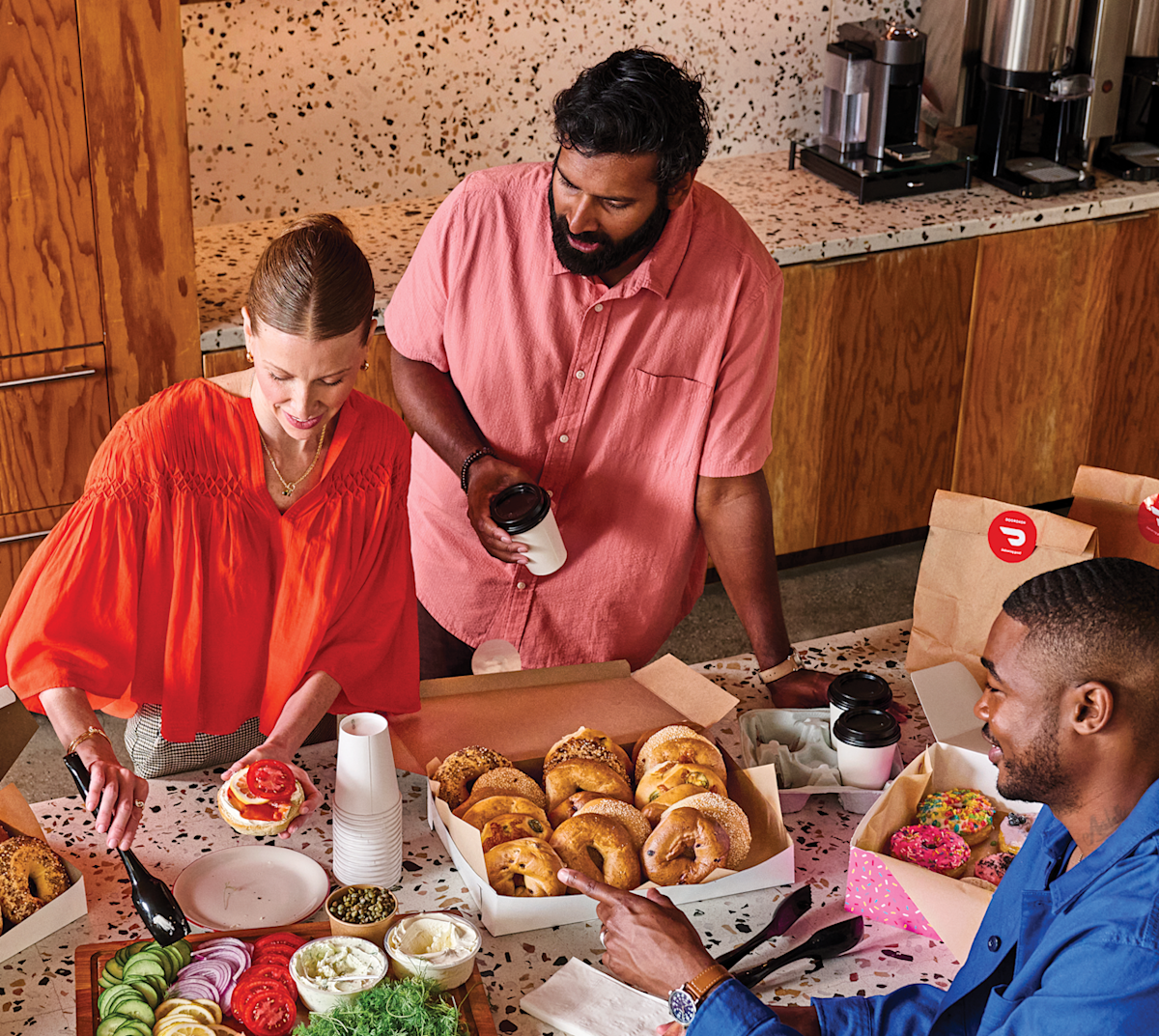Chronoworking is the trendy concept that promotes tailoring individual work schedules to be in sync with personal sleep patterns for greater efficiency. Over the past few years, work arrangements, benefiting both employees and employers, have grown in popularity, enabling flexibility in work scheduling to boost both employee wellness and productivity.
What is chronobiology?
Chronobiology is the field of study of human biological rhythms, fundamental processes that support sleep-wake cycles, hormone production, and brain health. A key factor in chronobiology is a person's chronotype, which refers to their preferred timing of sleep and being awake.
Chronoworking means employees are enabled and encouraged to work at the times of day when they're most personally alert and productive. This approach defies the traditional 9 to 5 working hours template, and places emphasis on natural energy levels and peak times for focus.
What are sleep chronotypes?
A person's sleep chronotype is based on their natural sleep-wake activity. They are classifications that describe different types of circadian tendencies — almost like sleep personalities. People are classified in different sleep chronotypes based on when they feel more alert and focused during the day, and when they feel more relaxed and sleepy. Personal sleep chronotypes can have a significant impact on employees' health and happiness, as these identities impact energy level, focus, creativity, and productivity.
Ellen Scott, the journalist who coined the term chronoworking, predicted 2024 would be a turning point in the world of work. Employers increasingly offer tangible benefits to employees that encourage wellness, retention, and productivity. Proactive employers empower employees to choose working hours that match their personal sleep chronotypes, instead of maintaining standard office hours that aren't effective as a one-size-fits-all.
Typically, sleep chronotypes are broken down into four categories:
Lions
Lions wake early and easily, and are most focused and energized during the first half of the day. They wake at the same early hour each day and are often unable to sleep in.
Wolves
Wolves have a strong preference for evenings and struggle to get out of bed in the morning. This sleep chorotype feels most alert, energetic, and productive late in the evening into the early morning. They may have difficulty falling asleep at an early hour and often require more time in bed to feel well rested.
Bears
Bears generally go to bed at a regular time in the evening and wake up early in the morning. They are most alert and productive during the middle of the day, from late morning through early afternoon. Bears prefer a consistent schedule but are able to shift their sleep schedules and make up for lost sleep without much disruption.
Dolphins
Dolphins tend to be light sleepers, and often struggle to fall asleep. They may experience disrupted sleep, waking up throughout the night with sensitivity to light and noise. As a result, they are usually more productive only later in the morning and in the early afternoon.

How can chronoworking enhance productivity?
Understanding sleep chronotypes gives employers the necessary information to allow individual team members to align work hours with peak periods of alertness.
In 2023, a survey of 1,500 workers found that 94% of respondents currently work outside their preferred hours. In the same study, 42% shared that working outside their preferred hours negatively impacts their job satisfaction. But it's well-established that happier employees are more productive and better for business — 43% of employees in a different survey reported that flexibility in working hours helped them achieve greater productivity.
How to encourage chronoworking
When people have the chance to work flexibly, 87% of them take it. With remote, flexible, and hybrid work becoming more common, chronoworking opportunities can optimize both productivity and employee retention. Here are some tips and strategies to get your team started:
Offer flexible hours: Let employees choose what time they begin logging hours, while requiring an all-staff overlap of several hours in the middle of the day to allow for meetings and collaborative work.
Facilitate communication: Share calendars or use time management tools to organize work schedules and manage deadlines.
Promote a culture of respect: Acknowledge the unique chronological needs of each team member to make your staff feel appreciated and valued and thus thrive in their roles.
Give meal and snack perks: These can be used whenever employees prefer during their workday. This enhances flexible working arrangements and helps employees exercise greater control over their workday and productivity.
Use Doordash for Business: By making it easy and efficient to offer expensed meals and snacks at a time that works best for employees, DoorDash for Business lets employers enhance flexible working arrangements to align with chronotypes.
Prioritize employee wellness with chronotype schedules
Empowering employees with individualized working hours allows each individual to attend to their work at their most alert and creative. As companies adapt for scheduling shifts based on chronotypes, partnering with DoorDash for Business to reward and fuel employees during their work hours is a particularly valuable strategy.
Want to consider additional competitive perks for your team? Check out our Ultimate Employee Wellness Checklist.




